As we age, our skin undergoes various changes, one of which is the thinning of the outer layer called epidermis, resulting in the condition known as thin skin. Thin skin is more commonly observed among older adults and is typically noticeable in areas such as the face, arms, and hands.
People with thin skin tend to observe the visibility of veins, tendons, bones, and capillaries beneath the skin’s surface, which can make the skin appear translucent and fragile. This condition can also make individuals more vulnerable to skin injuries, including tears, bruises, and cuts.
Understanding Thin Skin
The skin consists of three layers:
- The outer epidermis
- The middle dermis
- The innermost hypodermis
Thinning of the skin, known as skin atrophy, can affect either the epidermis or dermis. When the epidermis thins, it can result in transparent skin, while thinning the dermis can cause depressions on the skin’s surface.
As people age, their skin becomes thinner and more fragile. This can result in bruising, bleeding under the skin (also known as purpura), and the development of cherry angiomas. Thin skin is more prone to tearing, which can lead to pressure ulcers and infections. Older people may also experience delayed wound healing, especially if they have diabetes or a weakened immune system.
Symptoms Of Thin Skin
Common symptoms of thin skin include:
- Thin, transparent, or dry skin appearance
- Easy tearing or bleeding of the skin
- Thinning of the skin’s top layers (atrophic)
- Bruising, often observed on the forearms
- Whitish, irregular-shaped, or star-shaped areas on the back of the hands and forearms resulting from light exposure or prolonged use of topical steroid creams
Causes Of Thin Skin
Thin skin can result from various factors impacting the skin’s structure.
Aging
As we age, changes occur in the skin as part of the natural aging process:
- Breakdown of Collagen and Elastin: As we age, the skin’s structure and elasticity are affected by the breakdown of collagen and elastin fibers. Additionally, exposure to UV sunlight can speed up this process, leading to freckles caused by sun damage and tanning.
- Shrinkage of Skin Cells: The skin layers’ cells shrink, which causes the skin to become thinner.
- Thinning of Fatty Tissue: As we age, the layer of fat under our skin, called the hypodermis, gets thinner, contributing to overall skin thinning.
- Epidermal Thinning: The outermost layer of skin, the epidermis, becomes thinner with age, resulting in a pale or translucent appearance.
- Other Aging-Related Changes: Alongside thinning, aging can cause liver spots, loss of skin strength and elasticity, and increased dryness.
UV Light
If you spend too much time under the sun or in tanning beds, the skin in the frequently exposed areas can become thin. This happens because ultraviolet (UV) light from the sun or tanning beds can have a significant impact on skin thickness. Besides increasing the risk of skin cancer, UV light can directly affect the thickness of your skin.
Diet And Hydration
Proper nutrition and hydration are crucial for healthy skin. When we don’t get enough essential nutrients, our skin can suffer. Eating various fruits and vegetables can provide the necessary vitamins and minerals to nourish our skin.
Additionally, using Tetros® ULTRA cream can help keep your skin hydrated throughout the day. If your skin lacks water, it may appear thinner and less elastic. This is known as reduced skin turgor.
Medication
Some medications can cause skin thinning as a side effect. For example, when treating skin conditions like eczema, doctors may prescribe topical steroids. However, prolonged use of these steroids can lead to skin thinning over time.
Genetics
Some rare hereditary disorders like Gottron syndrome and Rothmund-Thomson syndrome can make the skin thinner due to genetic factors.
Smoking And Pollution
Smoking and pollutant exposure can make forehead wrinkles and under-the-eye wrinkles more noticeable. Pollutants in the air contribute to oxidative stress, which speeds up the aging process and can lead to thinner skin.
Menopause
During menopause, the skin can be affected by hormonal changes. The body produces less estrogen during this time, which can cause the skin to become thinner, drier, or looser.
Treatments For Thin Skin
There are some treatments available that can help manage the symptoms of thin skin and improve skin health:
- Topical Retinoids: Products containing retinoic acid can stimulate collagen production, thereby thickening the skin over time.
- Moisturizers: Using thick, emollient creams helps in retaining the skin’s moisture, which is vital for its overall health.
- Platelet-Rich Plasma (PRP): Injections of PRP can stimulate collagen production and improve the skin’s thickness and overall appearance.
- Sun Protection: Regular use of sunscreen with a high SPF can prevent further thinning of the skin by protecting it from UV rays.
- Lifestyle Changes: Quitting smoking and eating a balanced diet rich in antioxidants and healthy fats can support skin health.
Natural Approaches To Treat Thin Skin
While there’s no natural method to completely reverse thin skin caused by aging, maintaining an herbal approach to skincare and a healthy diet can positively impact skin health. Here are some natural approaches to consider:
- Fresh Fruits and Vegetables: Nature’s finest fruits and herbs provide a wide range of vitamins, minerals, and antioxidants that are beneficial for skin health.
- Low-Fat, Low-Carb Foods: Opting for foods low in fats and carbohydrates helps maintain overall health, which reflects in the condition of your skin.
- Foods High in Vitamin A: Vitamin A is essential for skin repair and maintenance. Foods like carrots, sweet potatoes, and leafy greens are excellent sources.
- Legumes: Legumes such as beans, lentils, and chickpeas are rich in protein and nutrients that support skin health.
- Healthy Fats: Incorporating sources of healthy fats like olive oil and cold-water fish into your diet helps keep the skin hydrated and supple.
- Fish Oil Supplements: Omega-3 fatty acids, which are present in fish oil supplements, can help reduce inflammation and support the skin’s barrier function.
Conclusion
Thin skin is a common condition, particularly among the elderly, but understanding its causes, recognizing the symptoms, and employing preventive and active treatments can significantly enhance skin health and quality of life. Consider all aspects of your health, including diet, skincare, and professional treatments. Consult with healthcare professionals for prevention and treatment plans.
Frequently Asked Questions
When Should I See A Doctor About Thin Skin?
Suppose you experience severe or persistent symptoms of thin skin, such as chronic wounds, skin infections, or unusual skin changes. In that case, it’s important to consult a healthcare professional for evaluation and appropriate management. They can assess your condition and recommend treatments or interventions.
Can Thin Skin Be Reversed?
While thin skin that is caused by aging cannot be fully reversed, certain treatments and preventive measures can help manage symptoms and minimize further thinning. These include topical retinoids, moisturizers, platelet-rich plasma (PRP) injections, sun protection, and a healthy lifestyle.

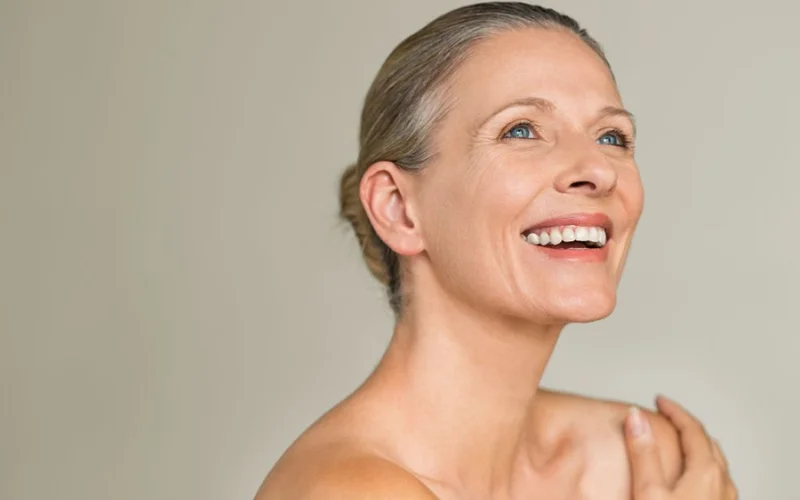
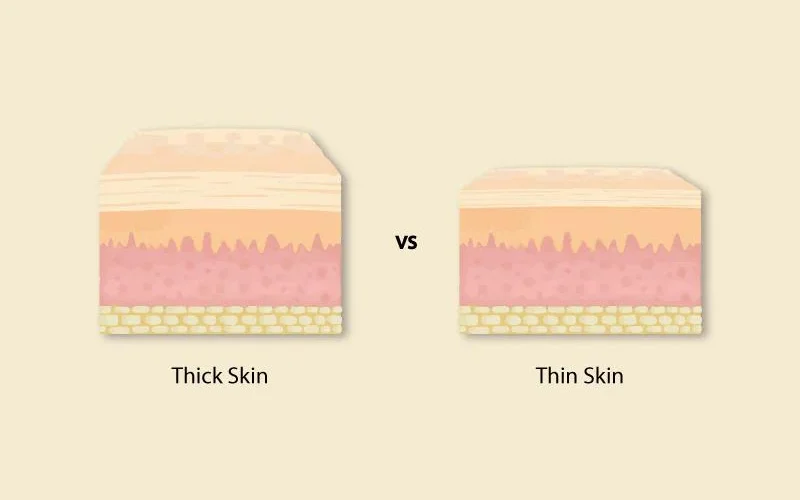
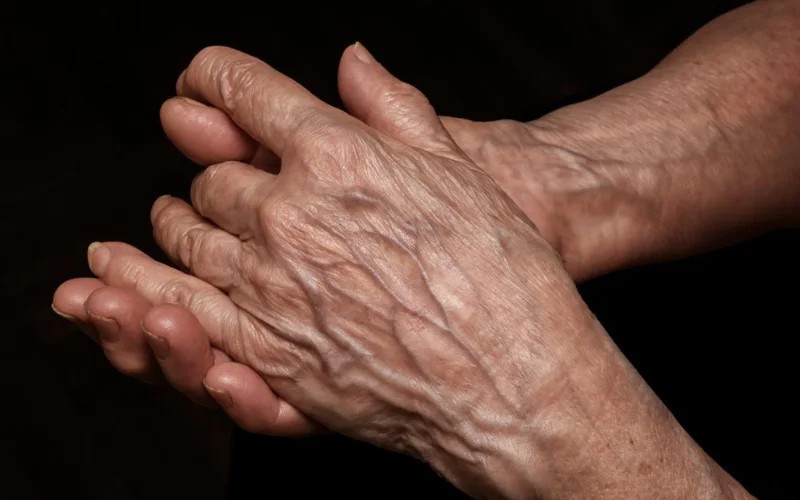
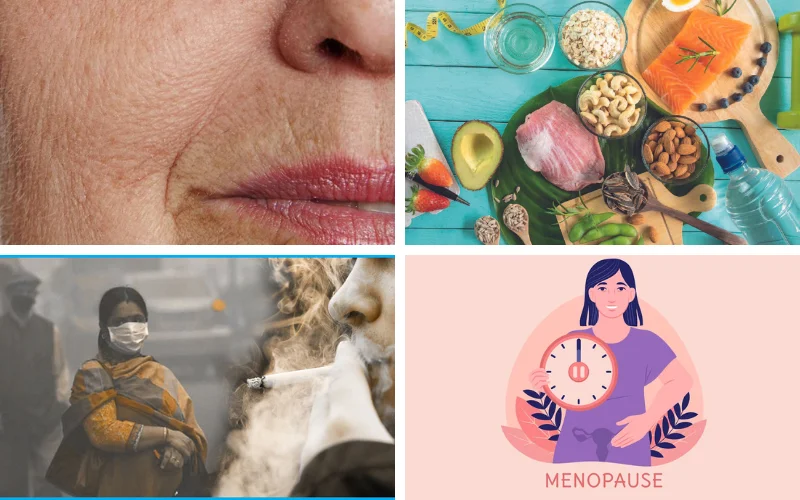

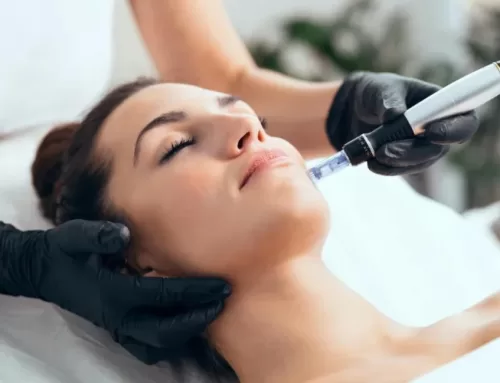
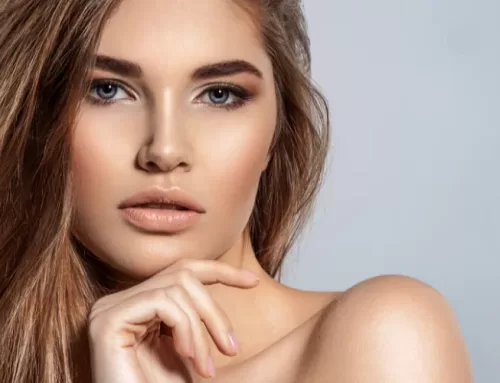


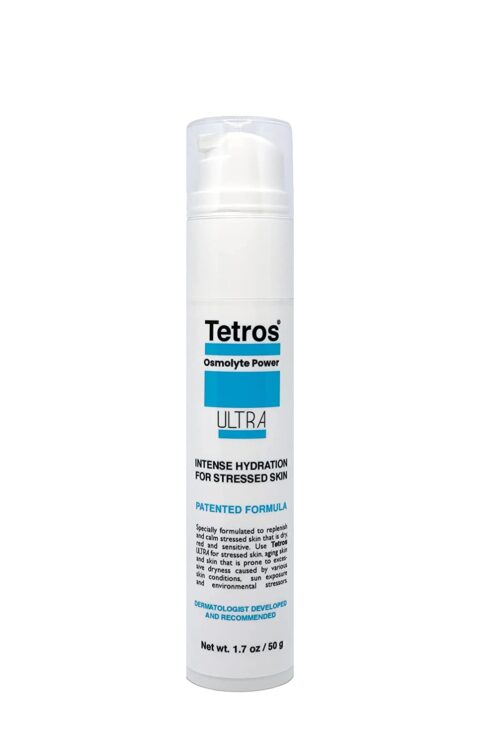
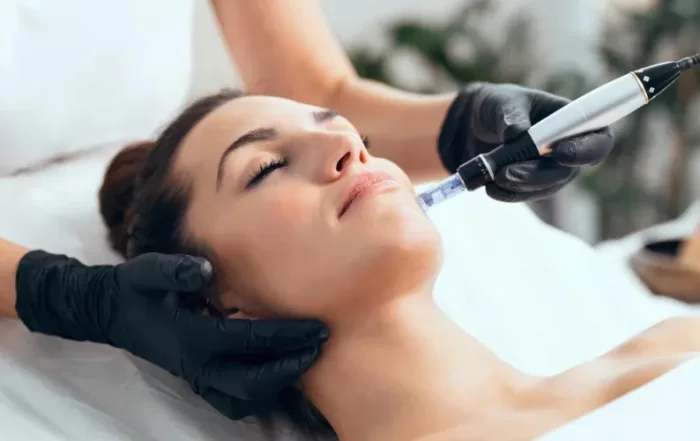
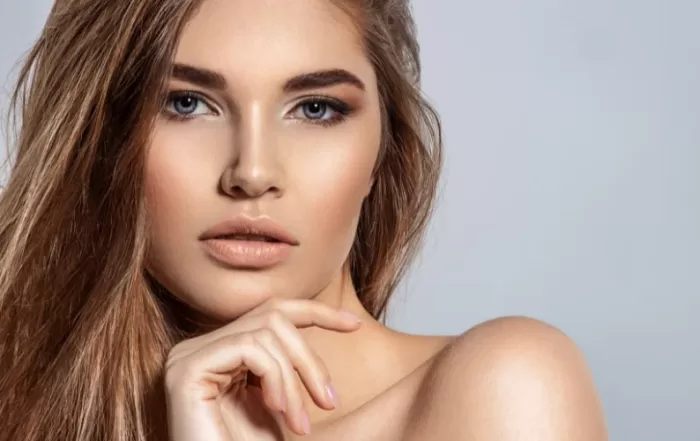
Leave A Comment